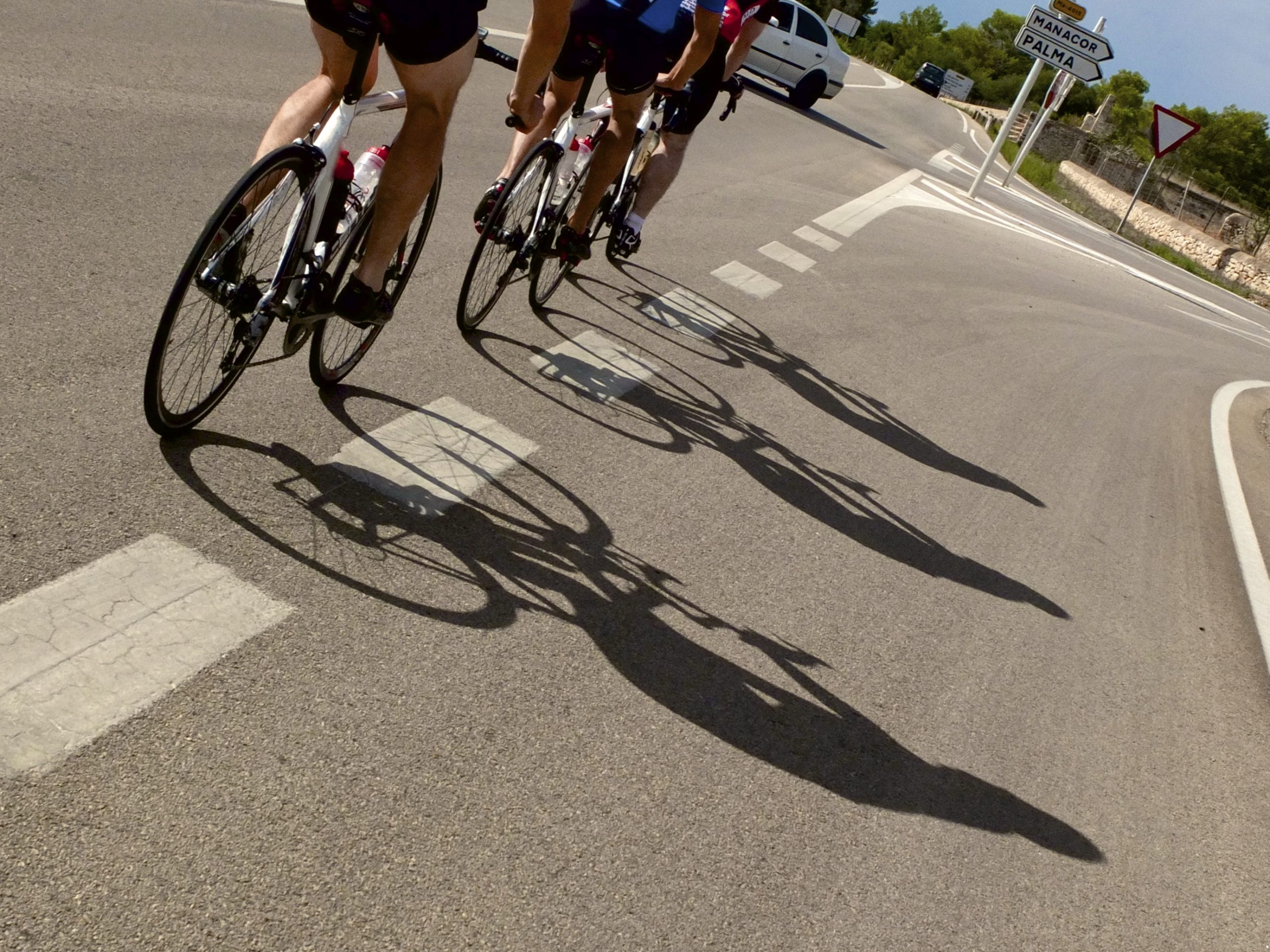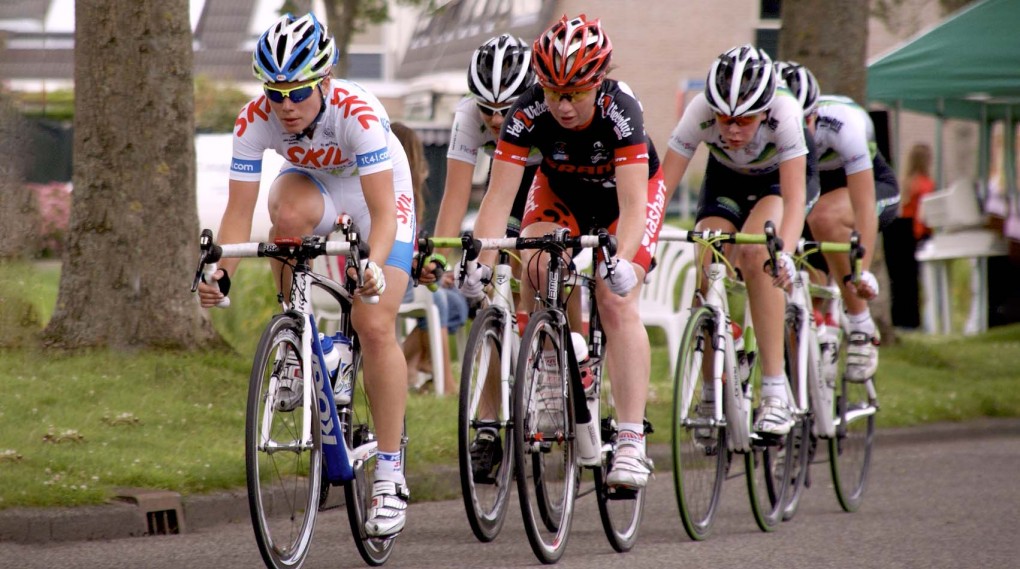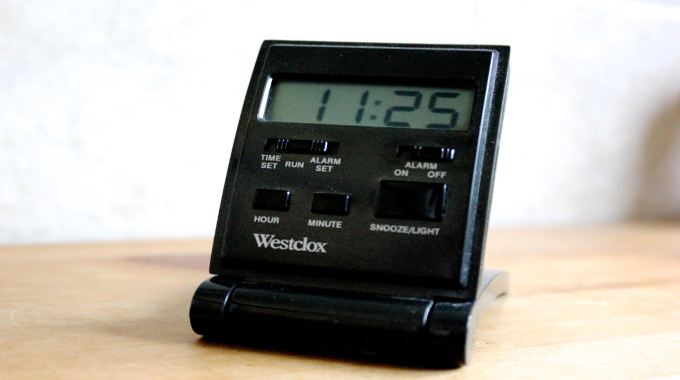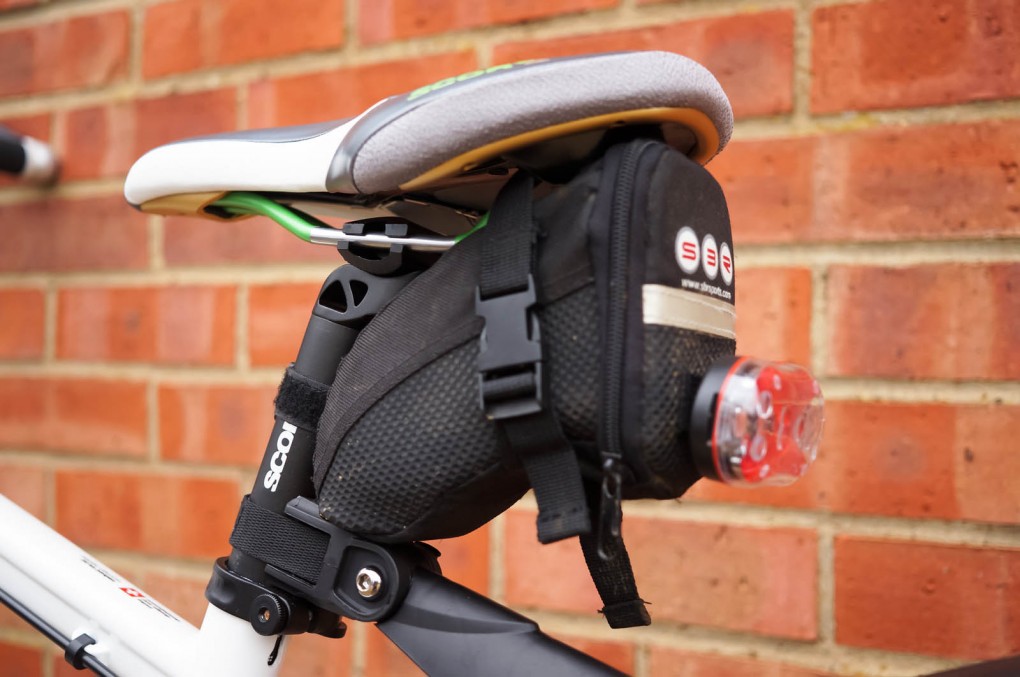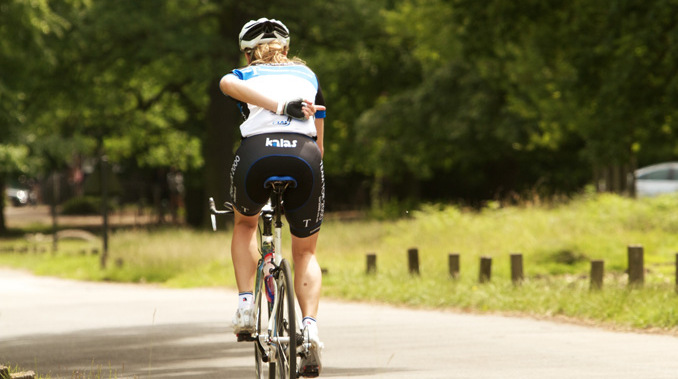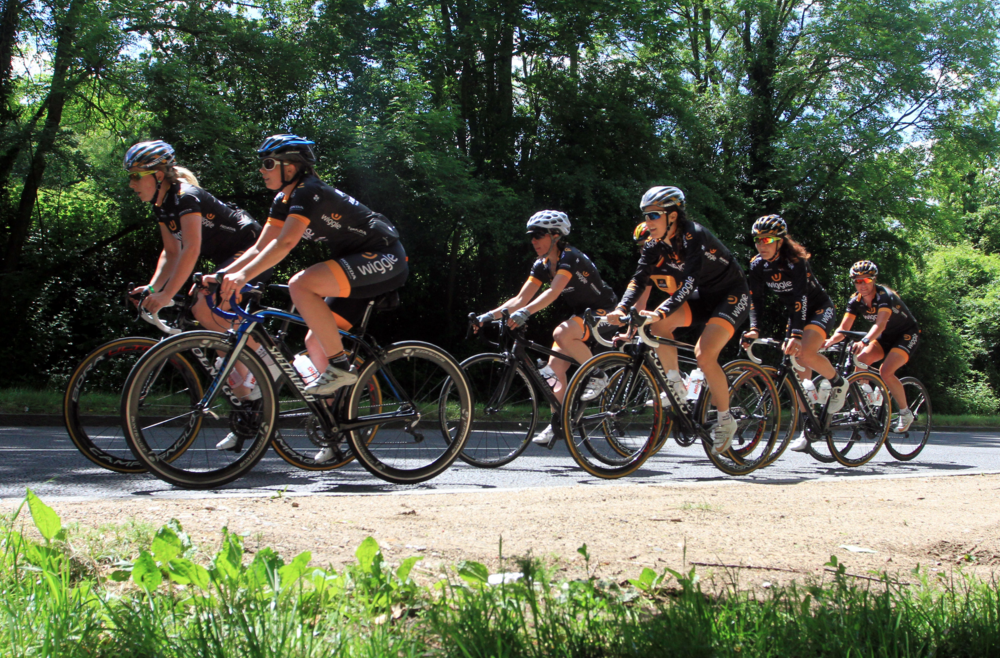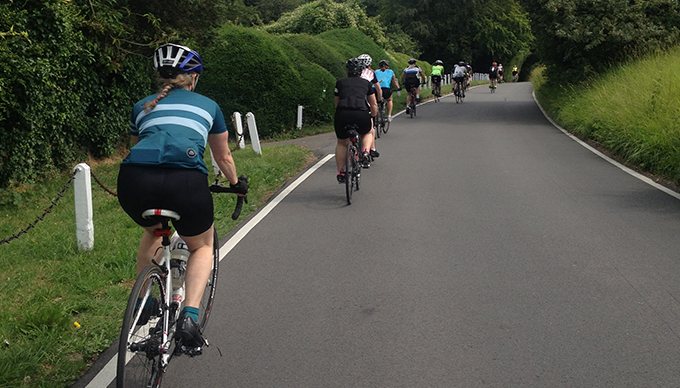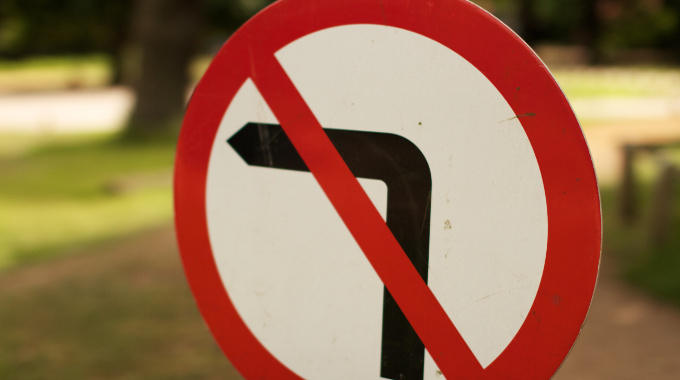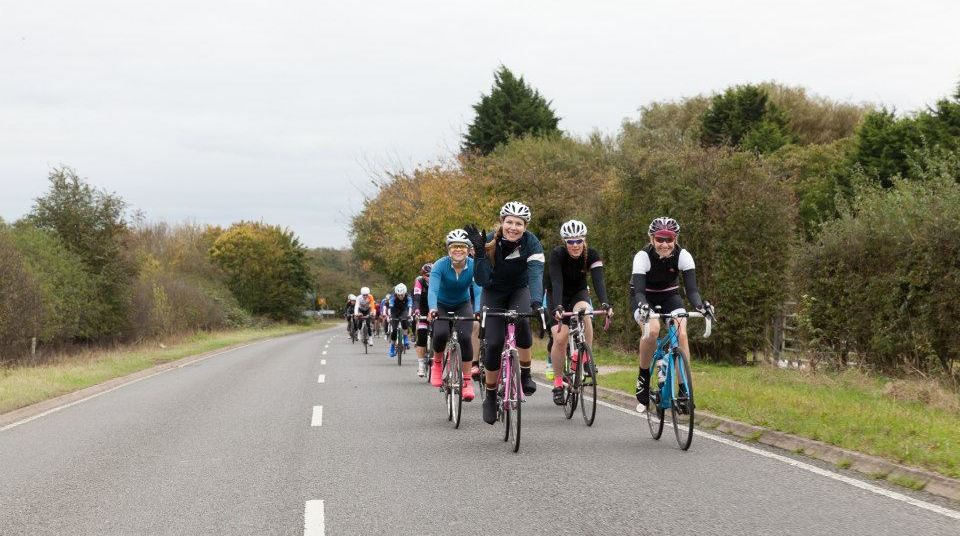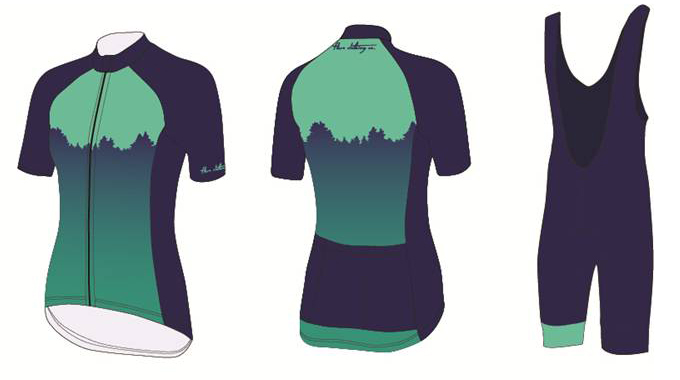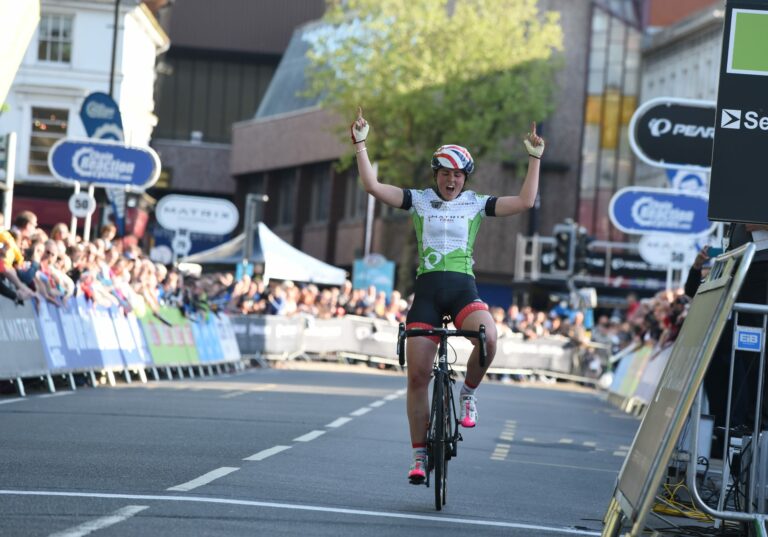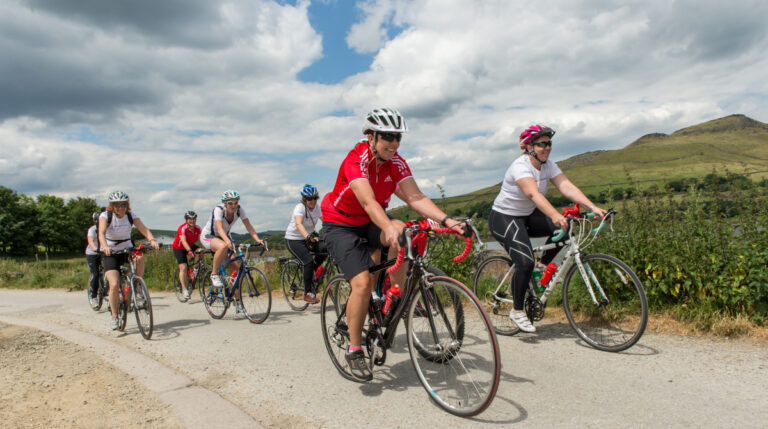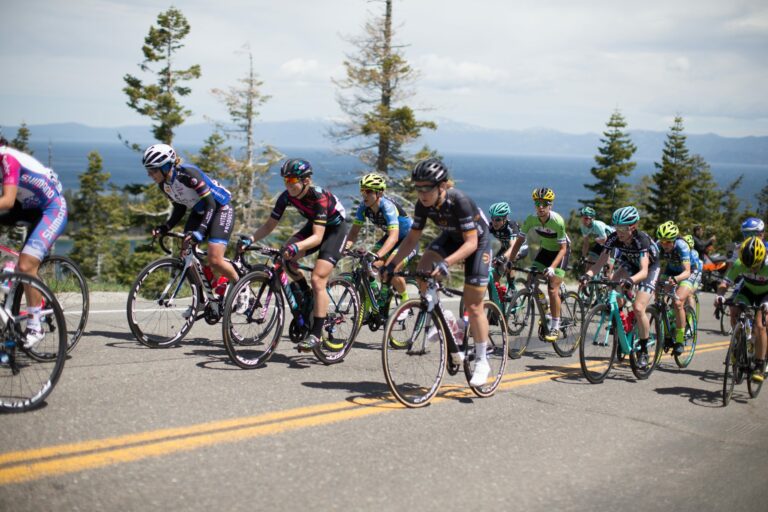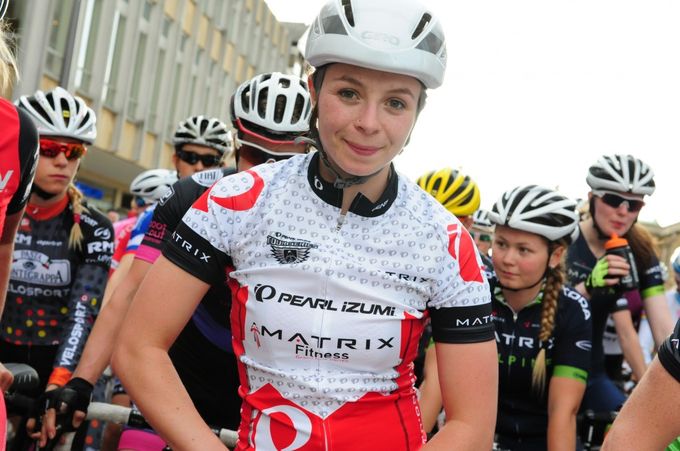Most people find long rides considerably more enjoyable with company – be that rolling out with the local cycling club at 9am, or arranging a rendezvous with a more select group at a time that suits you.
5 Things to Focus on Over Winter to Become a Better Cyclist
The sign of a good group ride is the troop piling into a café stop after anywhere between 30 and 100 miles, smiling in shared exhaustion and chatting over hot coffee and warm cake.
A ride that has been less than perfectly executed usually results in cold glares, a missing rider (dropped somewhere along the route or ridden off in a huff) and a severely reduced chance of a repeat meeting.
Here are some tips for ride leaders, and ride partakers, to ensure that everyone involved has a great time and comes back for more..
1) Agree distance and speed before the ride
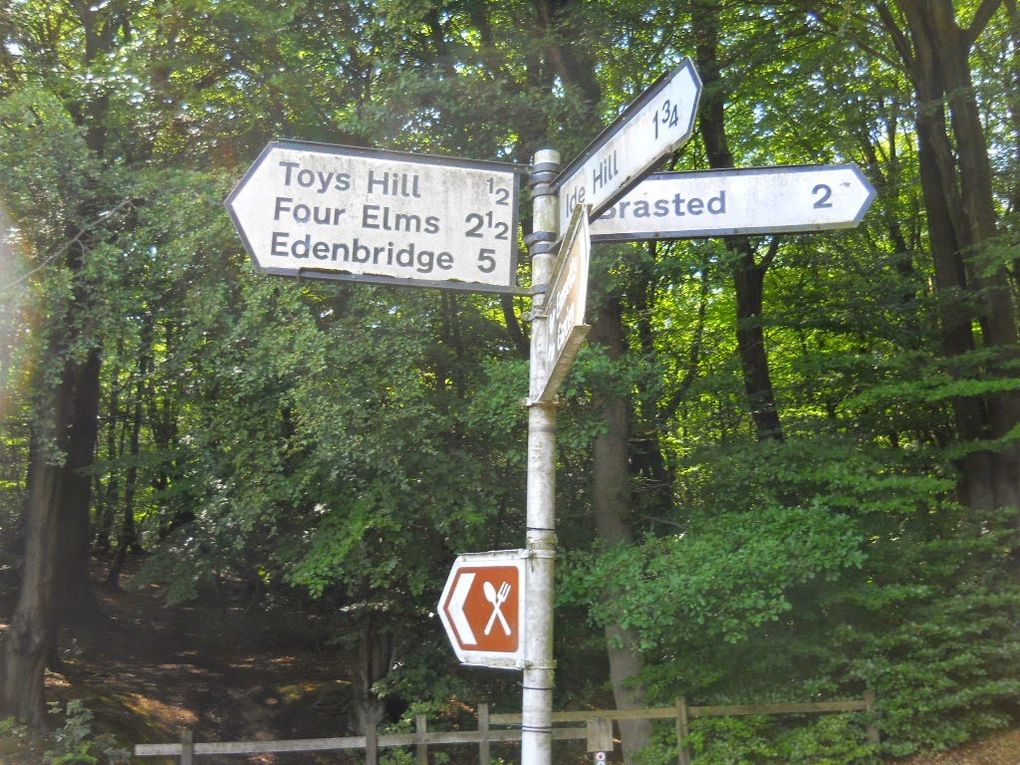
Let’s start at the very beginning. Before you go anywhere, it’s best to make sure everyone knows what sort of ride this is going to be.
The person leading the ride needs to state the proposed distance, give an idea of what sort of elevation those joining in can expect to enjoy, and the anticipated average speed.
Ways to Get Lost Less when Cycling
These three stats do need to be at least based loosely on the truth. It’s ok to chuck a couple of extra hills in there, but don’t advertise a 20 mile flat ride at 15 miles and hour and then wonder why there’s mutiny in the ranks 50 miles in after the 10 minute ascent of a small local mountain.

